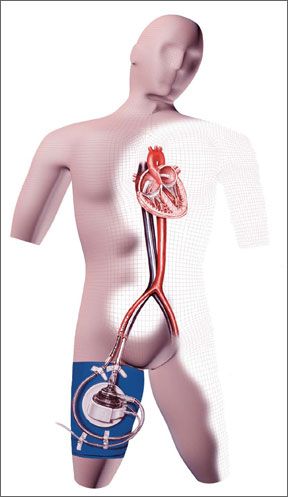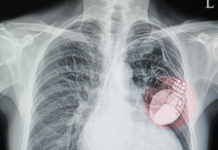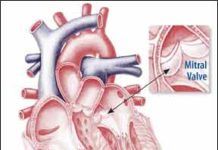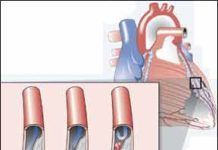Heart failure patients often need surgery to survive-but the fact that theyre at high risk makes them especially vulnerable to complications. In such cases, a newer type of ventricular assist device (VAD) called TandemHeart can be lifesaving, says Eric Roselli, MD, a staff surgeon in Cleveland Clinics Department of Thoracic and Cardiovascular Surgery. Like other VADs, which were designed to keep patients alive while they wait for a heart transplant, the TandemHeart takes over the hearts pumping function, allowing the weakened muscle to rest. However, while traditional VADs are surgically implanted in the abdomen, a percutaneous VAD (pVAD) such as TandemHeart is introduced into the circulatory system without invasive surgery (see illustration). "TandemHeart can get patients to some level of recovery, so they can better tolerate a more invasive procedure," says Dr. Roselli. "Its small size and ease of placement make it ideal for patients whose heart failure has progressed rapidly."
To continue reading this article or issue you must be a paid subscriber.
Sign in






